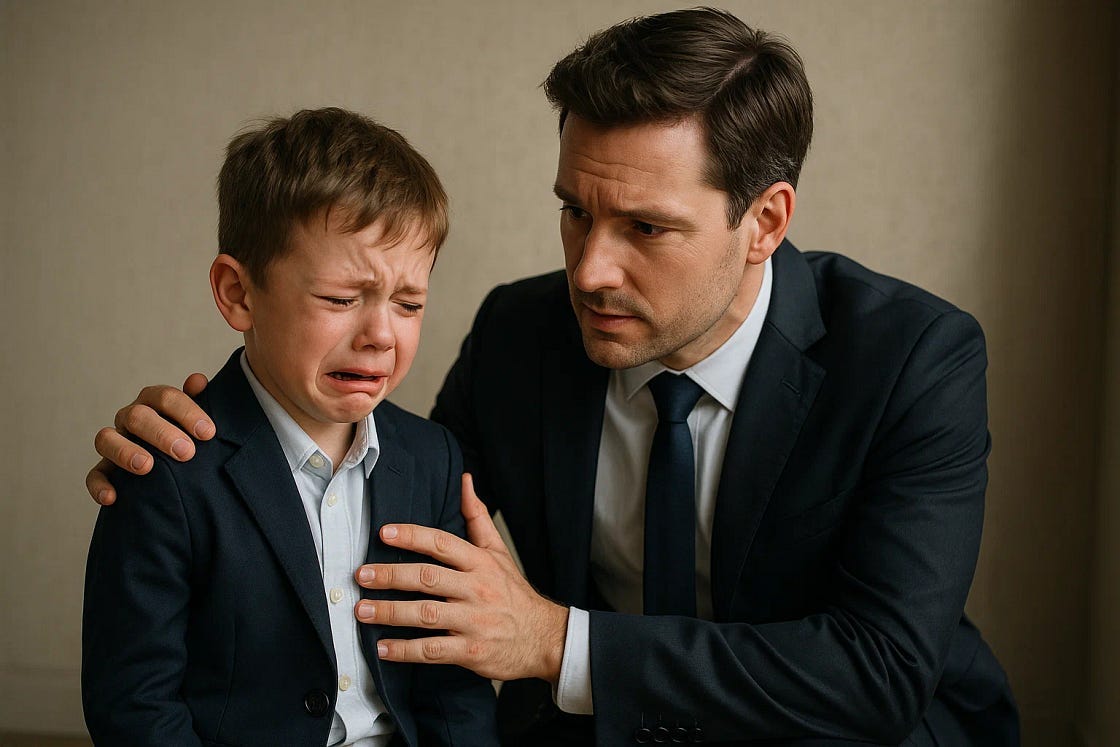The Body Keeps Score: 8 Physical Signs Your Childhood Trauma Is Still Running Your Life
I spent years thinking I’d outgrown my childhood damage through sheer achievement and willpower. Turns out, my body had been keeping a detailed record of every moment I felt unsafe, unloved, or invisible and it was running my entire nervous system without my permission.
The truth about childhood trauma that nobody wants to admit?
It doesn’t stay in childhood.
While you’ve been busy becoming the most competent person in every room, proving you’re worthy of love and safety through performance, your nervous system has been stuck in 1999, still trying to solve problems that a seven-year-old couldn’t handle.
Your body remembers what your mind desperately tries to forget. And if you’re someone who’s mastered the art of looking like you have your shit together while secretly feeling like you’re falling apart, this is your wake-up call.
Because that chest tightness during normal conversations? The way your jaw clenches when someone raises their voice? The fact that you can’t sit still without feeling guilty?
That’s not anxiety. That’s not being “high-strung.” That’s your childhood trauma, still running the show.
Why Your Body Won’t Let Go
Nobody explains this about childhood trauma: your nervous system developed its operating manual when you were too young to know better. Back when you learned that love was conditional, safety was negotiable, and the only way to survive was to be perfect, invisible, or indispensable.
That little kid did an incredible job keeping you alive. But now you’re an adult, and your nervous system is still using survival strategies designed for a world that no longer exists.
“Your trauma responses didn’t disappear when you learned to excel. They just got more sophisticated.”
But your body can’t tell the difference between your childhood bedroom and your current life. So it keeps protecting you from dangers that ended decades ago, creating physical symptoms that feel random but are actually perfectly logical responses to a nervous system that never learned to feel safe.
8 Physical Signs Your Childhood Trauma Is Still in Charge:
Keep reading with a 7-day free trial
Subscribe to Kill The Silence to keep reading this post and get 7 days of free access to the full post archives.


